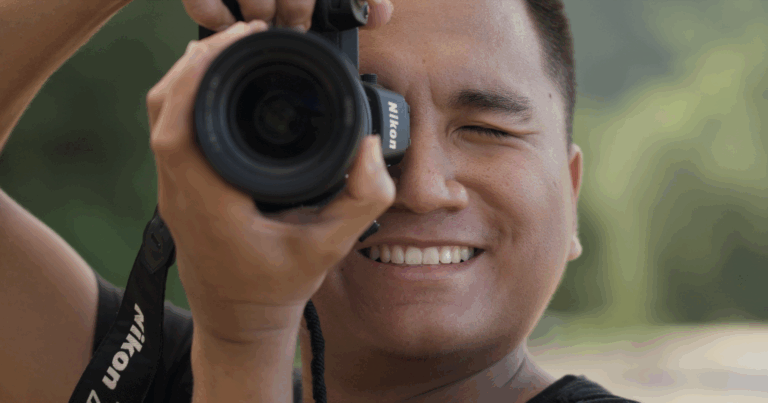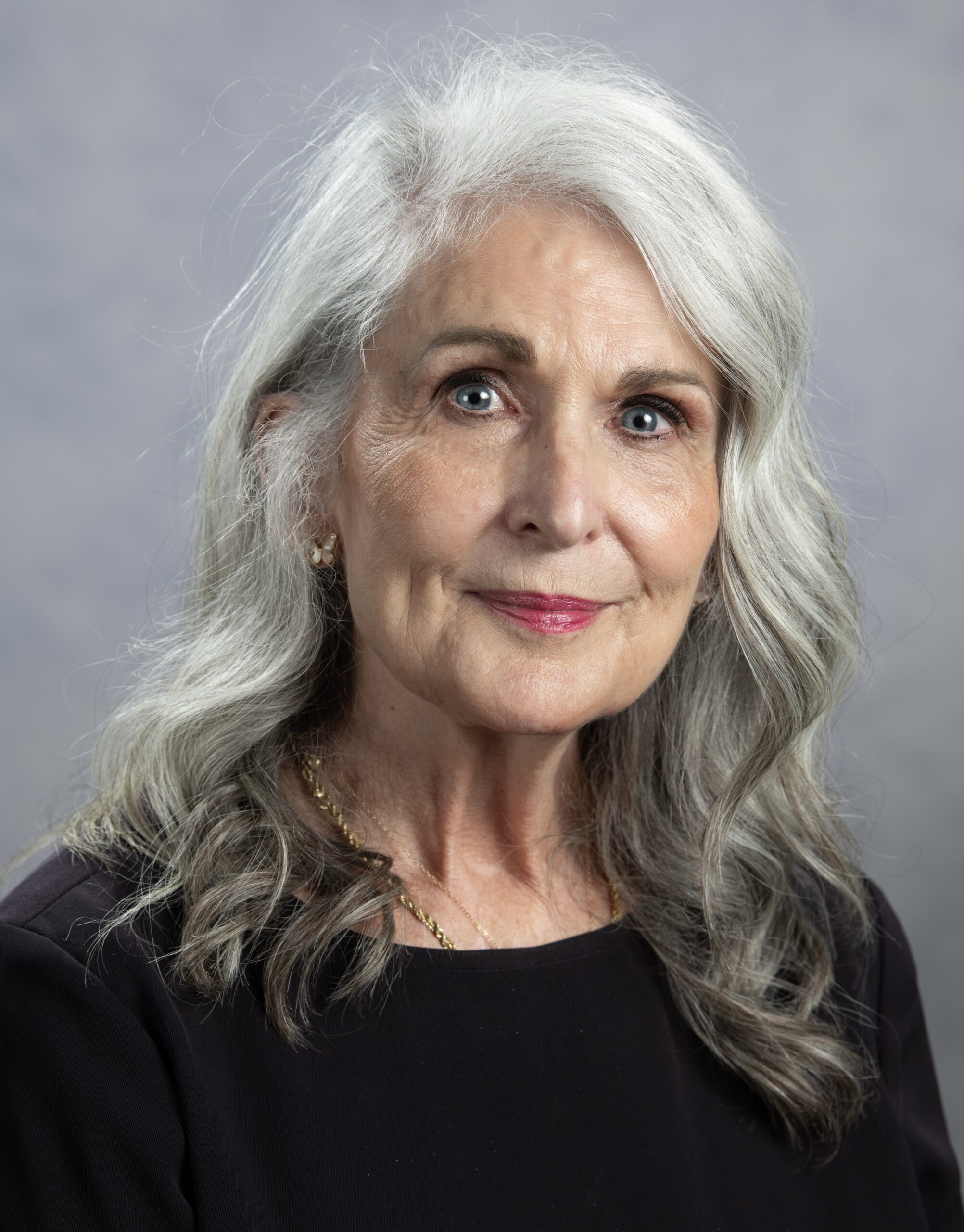A Small Stature, a Big Dream
Tahitian native Atea Lee Chip Sao weighs just 147 pounds soaking wet and stands 5 feet 6 inches tall – a striking contrast to the massive, muscular Samoan and Hawaiian men who shared the stage with him during HĀ: Breath of Life, the premiere evening show at the Polynesian Cultural Center. What he lacked in size, however, he more than made up for with grit, determination, and an undeniable passion for the powerful art of Polynesian dance.
“I’m short, so when I’m around big Samoans or Hawaiians, I look up at them and think, what did you eat growing up?” Atea laughed. “I didn’t feel comfortable in my body – I just couldn’t gain weight. I had a hard time taking my shirt off to dance. But once I was at the PCC, the first role I got was in a lūʻau dance performance… shirtless… as the pig in the hunt.”
A Rare Audition – and a Timely Break
For Atea, the role was still a blessing. Dancing at the PCC had been his dream, and he knew he had been given a rare opportunity. At his lūʻau audition, he was the only one who showed up:
“Normally, they hold group auditions – big numbers, tough competition. But when I walked in, I was the only one there. They urgently needed dancers, and Sam Moe, the HĀ stage manager, guided me through the audition. I know, without a doubt, that the Lord’s timing had a hand in it. Iccf it had been a group audition, I might not have made it.”
A Mission Sparks Cultural Awakening
Ironically, Atea’s passion for learning about his own culture was sparked far from Tahiti – during his mission in Fiji for The Church of Jesus Christ of Latter-day Saints from 2016 to 2018.
“Dancing at the PCC became more than a job for me – it was a cultural awakening,” he said.
Though he grew up in Tahiti and his father was part Tahitian, part Chinese and his mother was Filipino, Atea had no interest in his culture.
“Not even the language or dance. In school, we had mandatory Tahitian classes, but I only learned enough for the grade. In high school, when they asked if we wanted to switch to another language, I said yes and chose Spanish.”
When he went to Fiji on a mission he was struck by the difference and regard native Fijians place on their culture and his own attitude about his Tahitian cullture:
“I felt like I was missing a lot of myself. In Fiji, culture is alive – the traditions, the way people act toward each other, their mannerisms. Everyone kept asking me, ‘So you’re from Tahiti – do you speak the language?’ No. ‘Do you know how to dance?’ No. I felt bad.”
He felt somewhat ashamed but knew they were right to expect him to know about Tahitian culture and he felt he should’ve been more diligent to learn and appreciate it:
“It’s my roots, that’s who I am. That experience lit a fire in me. After my mission, I knew I wanted to study at BYU–Hawaiʻi and really embrace my heritage. Funny how I needed to go to Hawaiʻi to learn my Tahitian culture.”
Fighting Through Pain – and Finding a Stage
Atea’s story mirrors that of countless PCC student employees who, through their work, gain a deep and lasting appreciation for their Polynesian ancestry. But his path was far from easy.
His dream was to become a regular dancer in HĀ – the premiere show at the Pacific Theater at the PCC. Yet at first, his dance abilities and experience didn’t match his ambitions. On top of that, he was battling chronic pancreatitis – a painful condition that made eating difficult and often left him drained of energy:
“Before shows, I often couldn’t eat at all, or else I’d risk getting sick mid-performance. But no matter how I felt, once I stepped on stage, I gave everything I had.”
Atea managed to hang on in spite of his hardships. The other students and managers helped him learn dance moves and encouraged him to keep going:
“My dream wasn’t just to study. I wanted to work at the Polynesian Cultural Center. More than anything, I wanted to dance. First, I performed at the lūʻau, using it as a stepping stone. Eventually, I earned my place on the big stage.”
From the Stage to the Screen
That persistence not only got him into HĀ, but also into the groundbreaking documentary Sharing Aloha, directed by award-winning filmmaker Blair Treu. The film highlighted the miracles behind the PCC and the resilience of its student employees. Though not all of his struggle – like his illness – made it into the final cut, Atea knows that experience was a vital part of his journey.
Academic Struggles and Setbacks
His student life, too, came with hurdles. Academically, he started strong – earning the Pacific Area Scholarship, a full-ride award. But when COVID forced classes online, isolation and his illness caused his GPA to slip below the scholarship’s requirement:
“Overnight, I went from being fully covered to paying three-quarters of tuition – something my PCC paycheck couldn’t cover. I reapplied for the I-Work program but was refused. It was crushing.”
Determined not to give up, Atea pieced together small scholarships – like the Performance of Excellence Award for PCC performers – and volunteered for every opportunity that could help him stay afloat:
“Every dollar helped. Somehow, I managed to keep going.”
Working, and Telling Stories Through Photography
Today, Atea continues to balance hard work with another passion. He works part-time at the airport as a customer service agent while also building a career in photography – shooting weddings, families, couples, fashion and branding projects:
“What I love most is capturing people’s stories through images. In a way, it’s not so different from dancing. Both are about expression, connection, and storytelling.”

